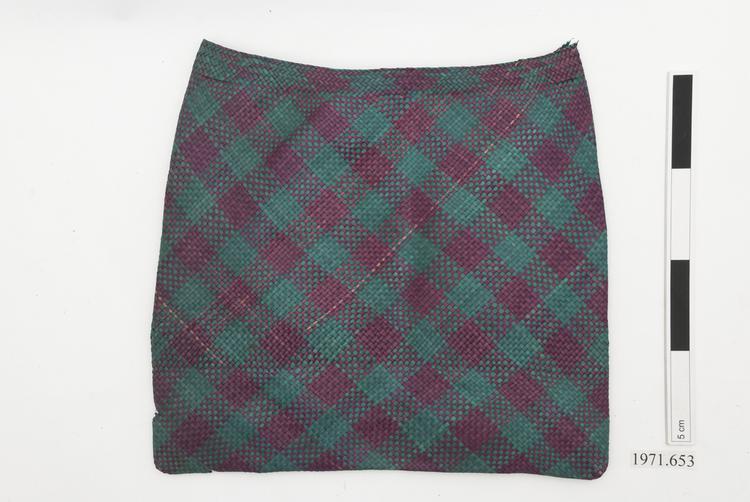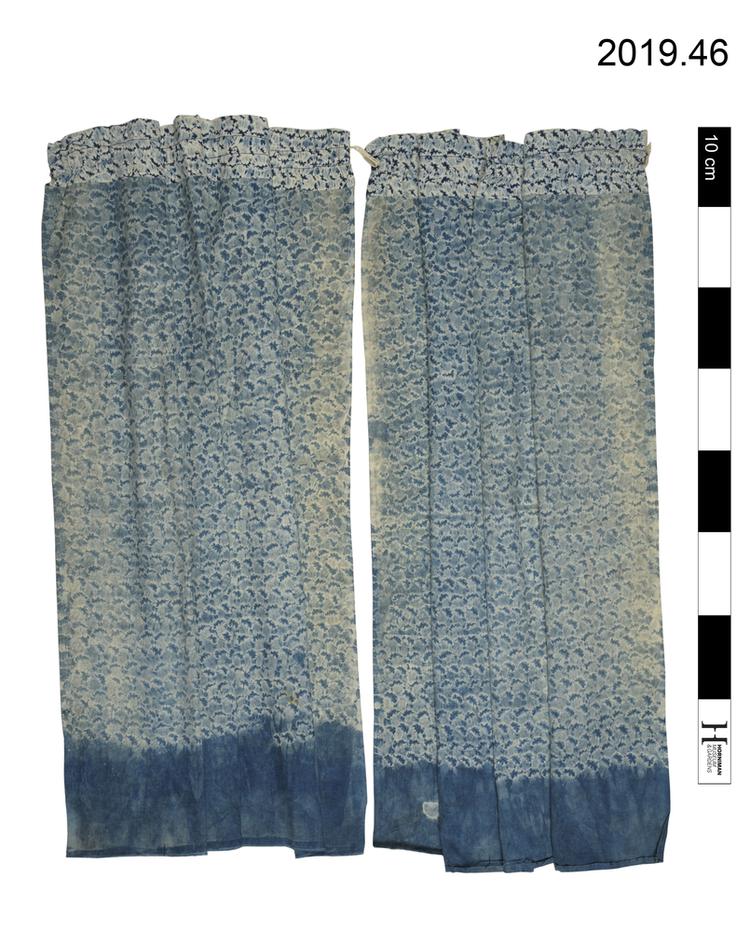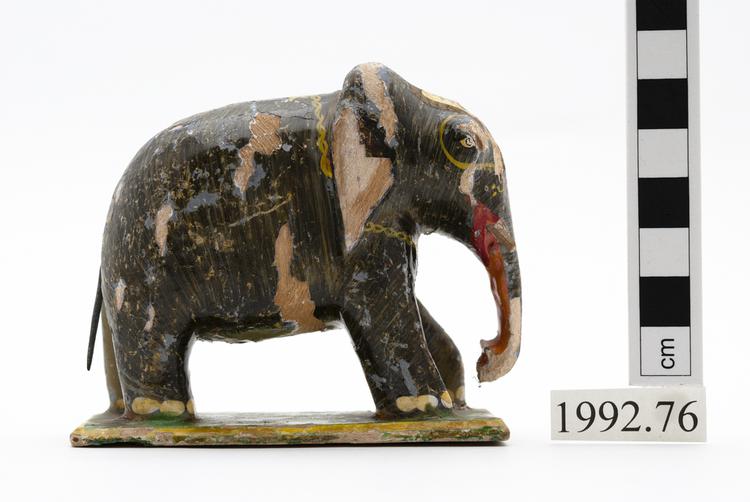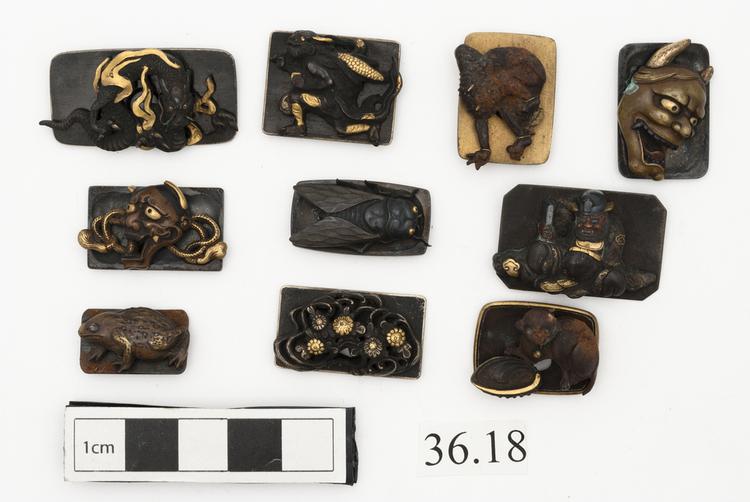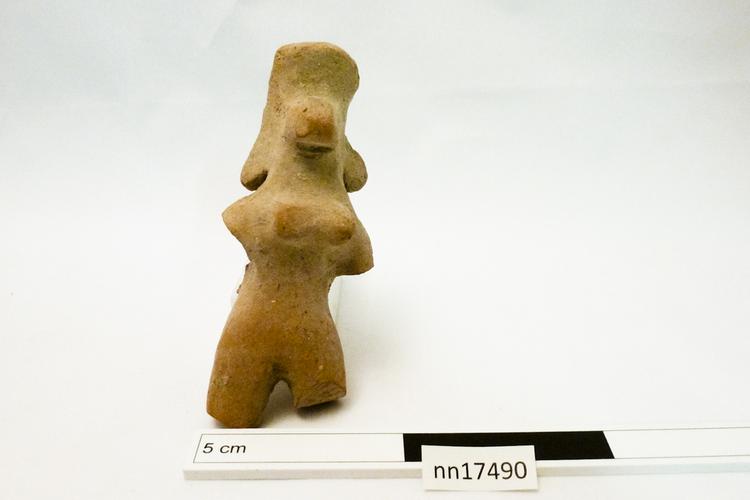
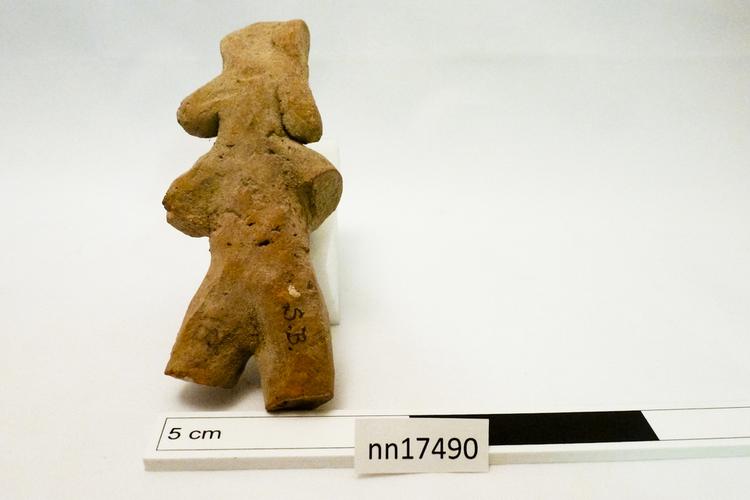
Gandharan terracotta humanoid figure, with arms and lower legs missing.
A standing female figurine in red terracotta, arms lost and legs broken off at the knees, breasts intact. The head is dominated by a high vertical fan-like projection, the ears long and reminiscent of the long extended earlobes of Buddha or bodhisattva figures (though these are usually pierced). This figure, though standing, seems to be broadly similar in style to the kneeling praying figure nn3707.21 from the Bhir Mound at Taxila. Marked on the back in black ink with ‘S.B.’ and the number ‘18’ in pencil. SB is probably Sari Bahlol, an Early Historic period Site in Mardan district, Khyber-Pakhtunkhwa, Pakistan, north of Mardan on the Malakand Road and only a few miles from the famous Gandharan monastery site of Takht-i-Bahi. The Bhir Mound sequence at Taxila runs from about the 6th to 5th century BCE to at least the Mauryan dynasty (3rd century BCE) and the date of this object may be in the latter part of this range. Archaeological context: presumably unstratified and from a surface collection. Given by Col D H Gordon (1952/3).



